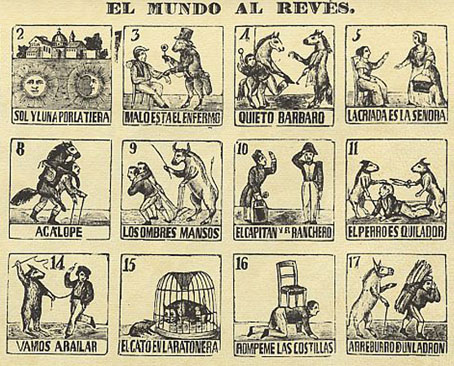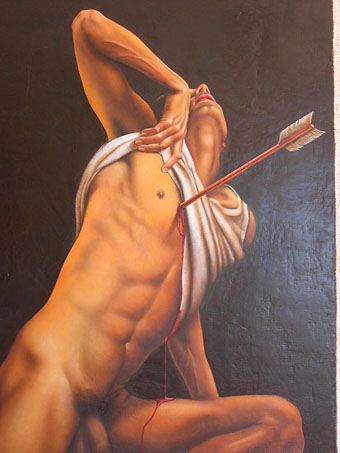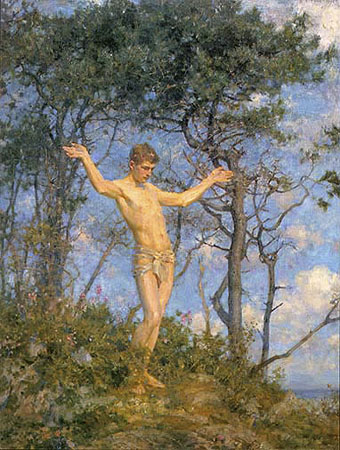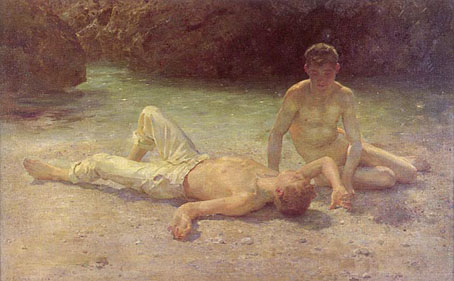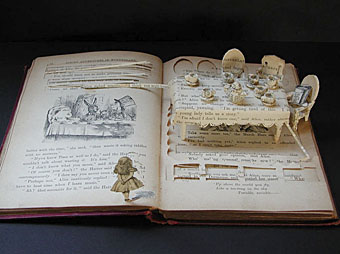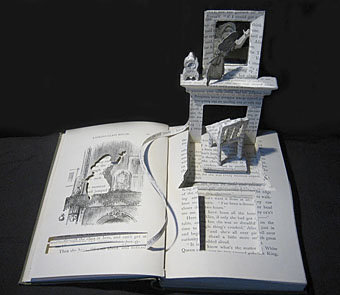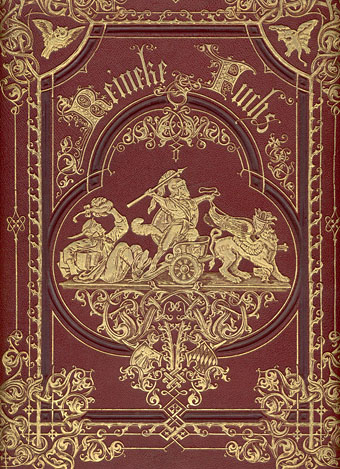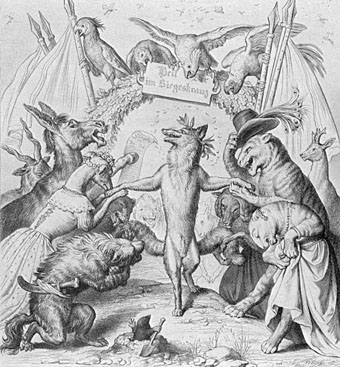El mundo al revés, a piece of folk surrealism from 19th century Spain. The sun and moon live under the earth, animals torment humans and fish fly through the air.
Category: {art}
Art
The art of Joan Sasgar
Sebastian (no date).
There’s more about this Spanish artist at Bajo el Signo de Libra (text in Spanish). Also some biographical details here.
Elsewhere on { feuilleton }
• The gay artists archive
Previously on { feuilleton }
• Saint Sebastian in NYC
• Guido Reni’s Saint Sebastian
• The art of Takato Yamamoto
• Fred Holland Day
Happy birthday Henry
The Sunworshipper (To the Morning Sun) (1904).
Thanks to Mr Jahsonic for noting the 150th anniversary of the birth of Henry Scott Tuke (1858–1929). The current exhibition of his paintings at the art gallery in Falmouth, where he lived and worked, labels him a British Impressionist, avoiding mention of his status as principal painter among the loose collection of Victorian and Edwardian artists and writers known as the Uranians. Tuke’s beach scenes present a hazy vision of sun-drenched adolescent homoeroticism with a quality rarely seen in gay art today. This site has the best online selection of his pictures.
Noonday Heat (1902).
Elsewhere on { feuilleton }
• The gay artists archive
Su Blackwell’s book-cut sculptures
Alice—A Mad Tea Party (2006).
More amazing examples at her website. In the pulp paperback world, meanwhile, there’s Thomas Allen.
Alice Through the Looking Glass (2007).
Previously on { feuilleton }
• The Illustrators of Alice
• Thomas Allen’s paperback art
Reynard the Fox
Reineke Fuchs, Einband der Ausgabe des Versepos von Johann Wolfgang von Goethe (1846).
From Wikimedia Commons’ stock of images related to the medieval trickster hero, and another great cover showing the 19th century art of the blocked binding. In a similar vein, don’t miss these marvellous illustrations at BibliOdyssey.
Reineke als Sieger by Wilhelm von Kaulbach (1846).
Elsewhere on { feuilleton }
• The etching and engraving archive
• The book covers archive
Previously on { feuilleton }
• Old book covers
• Decorated Russian book covers
• The Hetzel editions of Jules Verne

